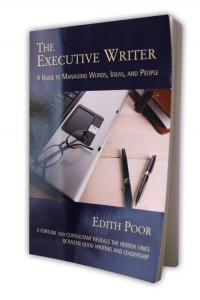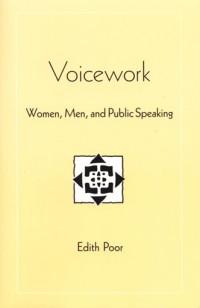Editing and leadership
The leadership dimension of writing is nowhere more vivid than in the editing process. For it is here, working with writers to revise their documents and refine their thinking, that you can exert the greatest leverage in developing colleagues and staff.
Editing your own work is like trying to give yourself a haircut without a mirror when deep down you really think you look fine the way you are. Tackling someone else’s work is easier in a way. Your critical faculties are far more energetically deployed. This isn’t going to hurt you, after all.
But what happens when you have to edit not only the writing but the writer too? Editing someone else’s writing from the glorious sanctuary of your office or kitchen table is not the same as confronting the writer and convincing him that you know better than he does. The success of that confrontation is grounded in your ability to treat the writer, the writing process, and the revision process with respect. Some of the skills involved are editorial, but unless they’re part of an effective managerial dialogue you’ll never have the chance put them to work.
Editing sessions are much like performance reviews. The stakes are high; the data is often soft and subjective. As a result, the interpersonal dynamic is fragile.
Insecure writers generally make insecure editors. As I mentioned in chapter 1, the roots of insecurity run deep—and extend their subterranean grip on the editing process too. The way you edit is heavily influenced by the way you have been edited. Most people can report a run-in with at least one of these three editorial types:
- the teacher: “There’s a right way and a wrong way, and you’re doing it the wrong way. Let me show you the right way.”
- the slave driver: “Do it this way or else.”
- the visionary: “I’ll know it’s the way I want it when I see it the way I want it.”
None of these editorial styles works. The reason? They’re bad management. They’re bad management because they create adversarial relationships, not collaborative ones. They create adversarial relationships because they assume that the “managing editor” is always right, and that the writer is there solely to do the manager’s bidding. All three of these styles, in other words, boil down to one: Do it my way.
This chapter examines the editing process in all its corporate complexity. By “corporate complexity” I mean politics. In the next chapter I show how to tackle the words on the page; in this chapter I show how to tackle the people who write them. I focus first on the management skills involved, since those are the ones most frequently ignored.




